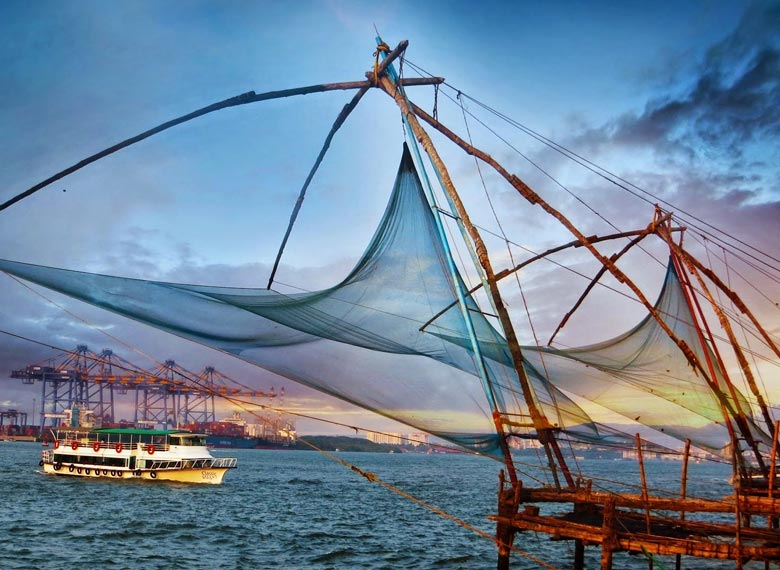Top 4 Tourist Places to Visit in Kochi / Cochin
Kochi or Cochin is one of the largest and oldest ports on India’s west coast, and the streets behind the docks are still lined with old merchant houses, godowns (warehouses), and open courtyards heaped with betel nuts, ginger, and peppercorns. Throughout the second millennium this ancient city exported spices, coffee, and coir, and imported culture and religion from Europe, China, and the Middle East, creating a cosmopolitan and prosperous local culture: Cochin has a synagogue, several mosques, Portuguese Catholic churches, Hindu temples, and the United Church of South India (a collection of Protestant churches), making it South India’s most ecumenical city. Salman Rushdie’s novel The Moor’s Last Sigh paints a heady, unforgettable picture of this unique place; you can pretty much smell the pepper from your armchair.
Must Visit Modern Kochi / Cochin
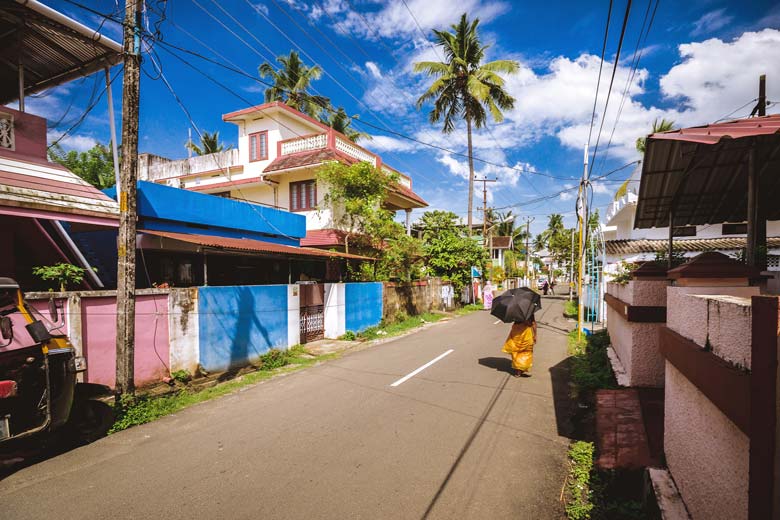
Cochin
Modern Cochin incorporates the Ernakulam area on the mainland, several islands (including Willingdon, created by dredging the harbor), and the tip of the Mattancherry peninsula, all connected by a series of bridges and ferries. Private launches for hire and fleets of ferries zip through Cochin’s waterways, where the journey is often as enjoyable as its objective.
Tourist Places in Modern Kochi / Cochin
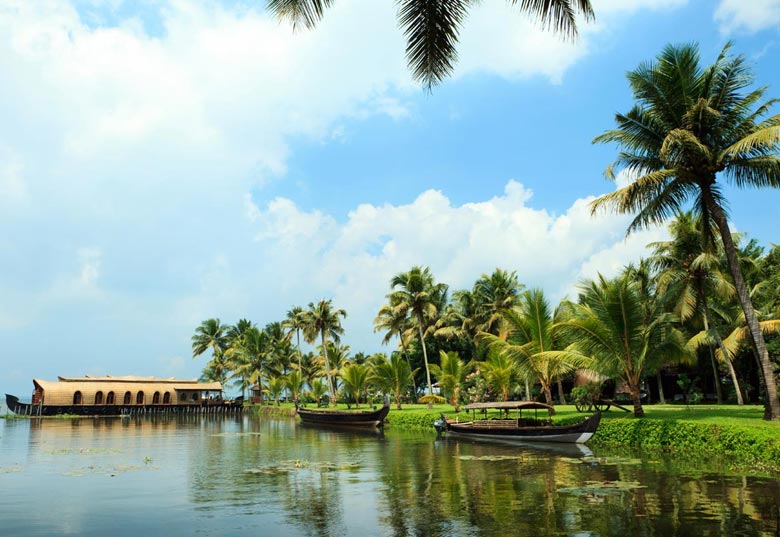
Ernakulam
Ernakulam, 2 km (3 mi) from the harbor, is the commercial center; it was once the capital of the former state of. Cochin. Many of the coir magnates with businesses on Gundu Island live in the residential quarter of Fort Cochin, where their faux-Tudor houses recall manor homes in Britain. Bolghatty Island, north of Ernakulam, is the most beautiful of the islands; its colonial mansion was formerly used by the Dutch governor and later by the British Resident. Mattancherry, south-west of the harbor, is home to Cochin’s dwindling Jewish community and is, along with Fort Cochin, the city’s historic center.
In Kochi, visit the Parishith Thampuran Museum for some Cochin cultural history; then, walk north on Park Avenue (which parallels the waterfront park) to catch the ferry to Cochin. Boats depart the main jetty near the tourist office at the northern end of the park. Take a few hours to explore Fort Cochin, and then break for lunch before continuing south to Mattancherry to see its Dutch Palace and synagogue.
This tour will take a full day. Remember that the museum and all houses of worship close for a few hours around lunchtime. The Dutch Palace is closed on Friday, the synagogue is closed to visitors on Saturday, and the museum is closed on Monday.
Top 4 Tourist places to visit in Kochi / Cochin:-
#1. Dutch Palace – Must Visit Place in Kochi
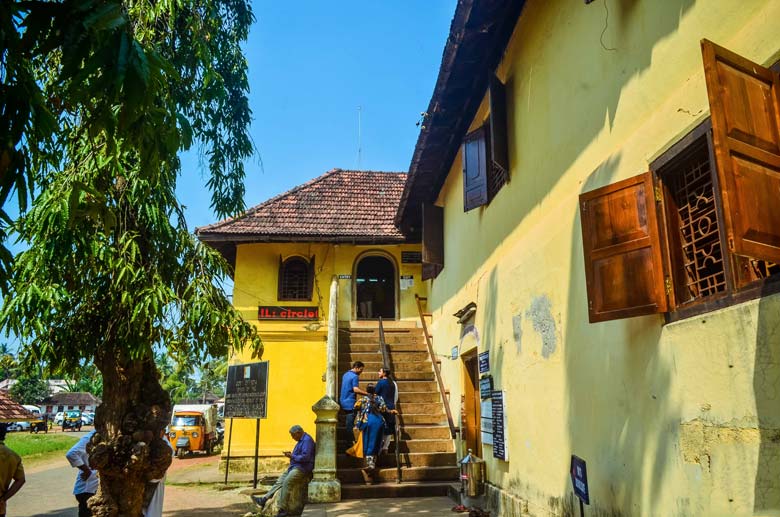
Dutch Palace
Built by the Portuguese in the middle of the 16th century, this structure was taken over in 1663 by the Dutch, who made some additions before presenting it to the rajas of Cochin. The rajas, in turn, added some of the best mythological murals in India, particularly in the bedchambers. In one room, you can see the entire story of the Ramayana on the walls. The ladies’ bedchamber features some mildly erotic depictions of Lord Krishna with his female devotees. The palace also contains a rare example of traditional Keralite flooring, which looks like polished black marble but is actually a mix of burned coconut shells, charcoal, lime, plant juices, and egg whites. On display in the coronation hall are many of the Cochin rajas’ artifacts, including a fantastic palanquin made of ivory.
#2. Fort Cochin
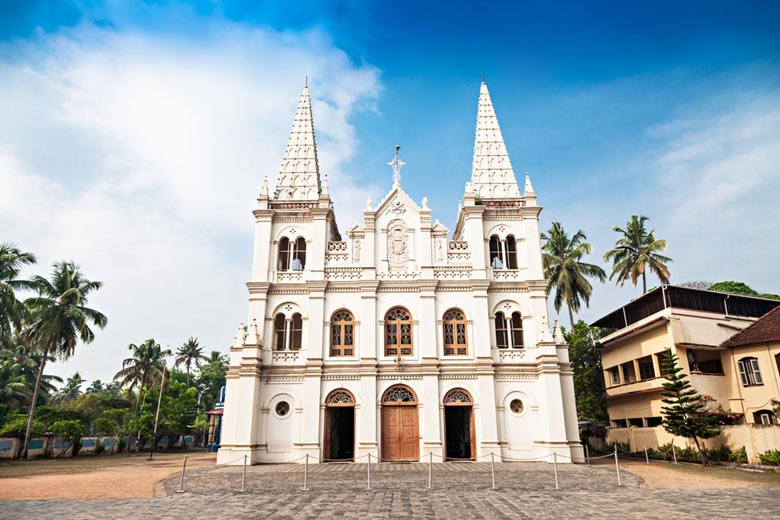
Fort Cochin
The northern tip of the Mattancherry peninsula is believed to hold the oldest European settlement in India. The Portuguese flag first appeared here in 1500, and Vasco da Gama arrived in 1502. The following year, Alfonso de Albuquerque came with half a dozen ships full of settlers—he built the fort, and the five friars in the crowd built India’s first European church, St. Francis, here in 1510. Da Gama re-turned in 1524 as Portuguese viceroy of the Indies; he died here that same year, and was buried in St. Francis Church. You can still visit his gravestone, but he’s buried in Lisbon; his remains were shipped back to Portugal in 1538.
The history of the church reflects European powers’ struggle for colonial turf in India. The church alone was Dutch Reform from 1664 to 1804 and Anglican from 1804 to 1947; it’s now part of the Church of South India. The church contains Dutch tombstones and the Doep Boek, a register of baptisms and marriages between 1751 and 1894 that you can view in photographic reproduction (the original is too frag-ile). St. Francis is a sedate church in the Portuguese style, not nearly as flamboyant as the Santa Cruz Cathedral, also in Fort Cochin, which verges on the gaudy. Santa Cruz was completed in 1904. S Parade Rd. and Rampath Rd. E Churches open sunrise-sunset.
#3. Parishith Thampuran Museum
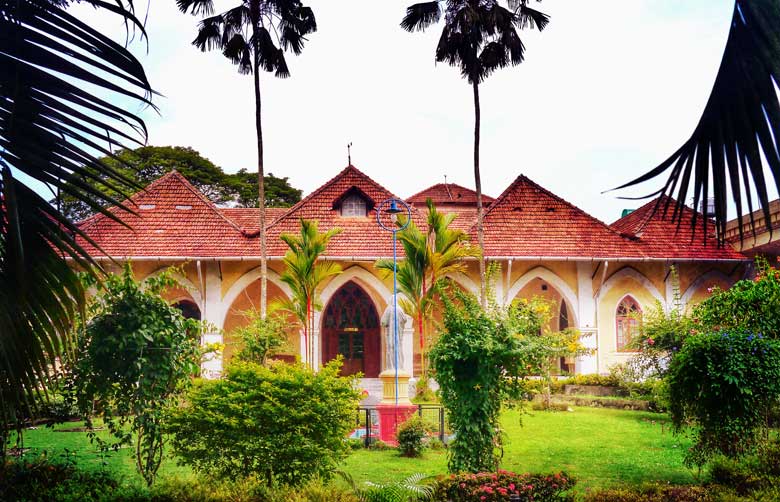
Parishith Thampuran Museum
Also known as the Cochin Museum, this museum holds artifacts from the former royal family, many 19th-century paintings and sculptures, and some beautiful old murals. The adjoining art gallery holds contemporary works by local Indian artists.
#4. Synagogue
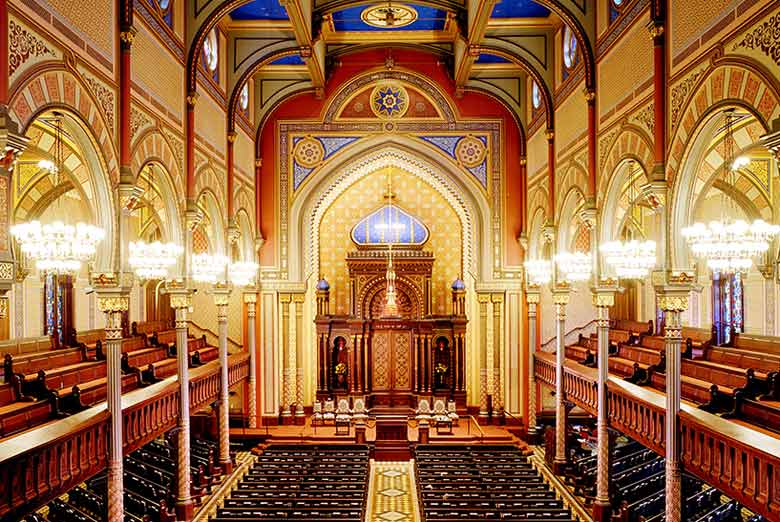
Synagogue
The first migration of Jews to Kerala is thought to have taken place in the 6th century BC, followed by a much larger wave in the 1st century AD, when Jews fleeing Roman persecution in Jerusalem came and settled at Cranganore (on the coast about 26 km north of Cochin). In the 4th century, the local king promised the Jews perpetual protection and the Jewish colony flourished, serving as a haven for Jews from the Middle East and, in later centuries, Europe. When the Portuguese leader Albuquerque discovered the Jews near Cochin in the 16th century, however, he destroyed their community, having received permission from his king to “exterminate them one by one.” Muslim anti-Semitism flared up as well. The Jews rebuilt in Mattancherry but were able to live without fear only after the less-belligerent Dutch had d taken control in 1663. Only two or three families of the so called ‘ Jews” of Cochin remain today, many having left India for Israel.
This synagogue was built in 1568, when the Jews settled in Mattancherry after their expulsion from Cranganore. It was considerably embellished in the mid-18th century by a wealthy trader, Ezekiel Rahabi, who built a clock tower and paved the floor of the synagogue with hand-painted willow-pattern tiles—each one different-from China. The synagogue’s most important relics are the impressive cop-per plates recording the 4th-century decree in which King Bhaskara Ravi Varma guaranteed the Jewish settlers domain over Cranganore. You must remove your shoes before entering.
For more information on tourist places to visit in Kochi / Cochin , Contact Swan Tours – One of the leading Travel Agents in Delhi, India, Promoting tourism in Kerala since 1995.
